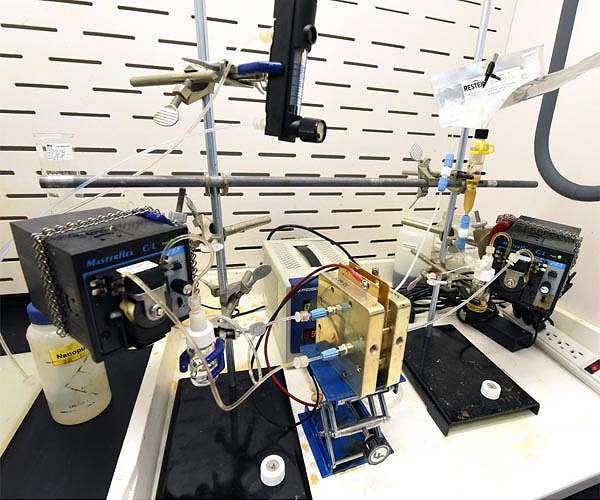Major progress in the sustainable production of syngas using solar energy
Researchers from Shanghai Jiao Tong University have developed a new photocatalyst, Rh/InGaN1-xOx, that uses solar energy to efficiently convert greenhouse gases into syngas. This nanoarchitecture combines rhodium nanoparticles with oxygen-modified indium-gallium nitride nanowires, showing a syngas evolution rate of 180.9 mmol gcat-1 h-1 and a selectivity of 96.3%. This method offers a major improvement over traditional catalytic processes, which are energy intensive and can be quickly deactivated.
“Our work represents a major step forward in addressing the dual challenges of greenhouse gas emissions and renewable energy production,” said Prof. Baowen Zhou, principal investigator from Shanghai Jiao Tong University. “By harnessing the power of solar energy and rationally designed nanoarchitecture, we have demonstrated a green and efficient route for converting waste gases into valuable chemical resources.”
The team attributes the high performance of their photocatalyst to the synergistic effects of the photoactive InGaN nanowires and the catalytically active rhodium nanoparticles. Their studies indicate that the oxygen atoms incorporated into the catalyst play a key role in improving CO2 activation and preventing catalyst degradation.
Their research, published in Science Bulletin, could lead to more advanced systems for the sustainable production of fuels and chemicals. “We are excited about the prospects of this technology,” added Prof. Zhou. “By further optimizing the catalyst design and reactor configuration, we aim to scale up the process and demonstrate its feasibility for practical applications.”
Research report:Rh/InGaN1-xOx nanoarchitecture for light-driven methane reforming with carbon dioxide toward syngas


